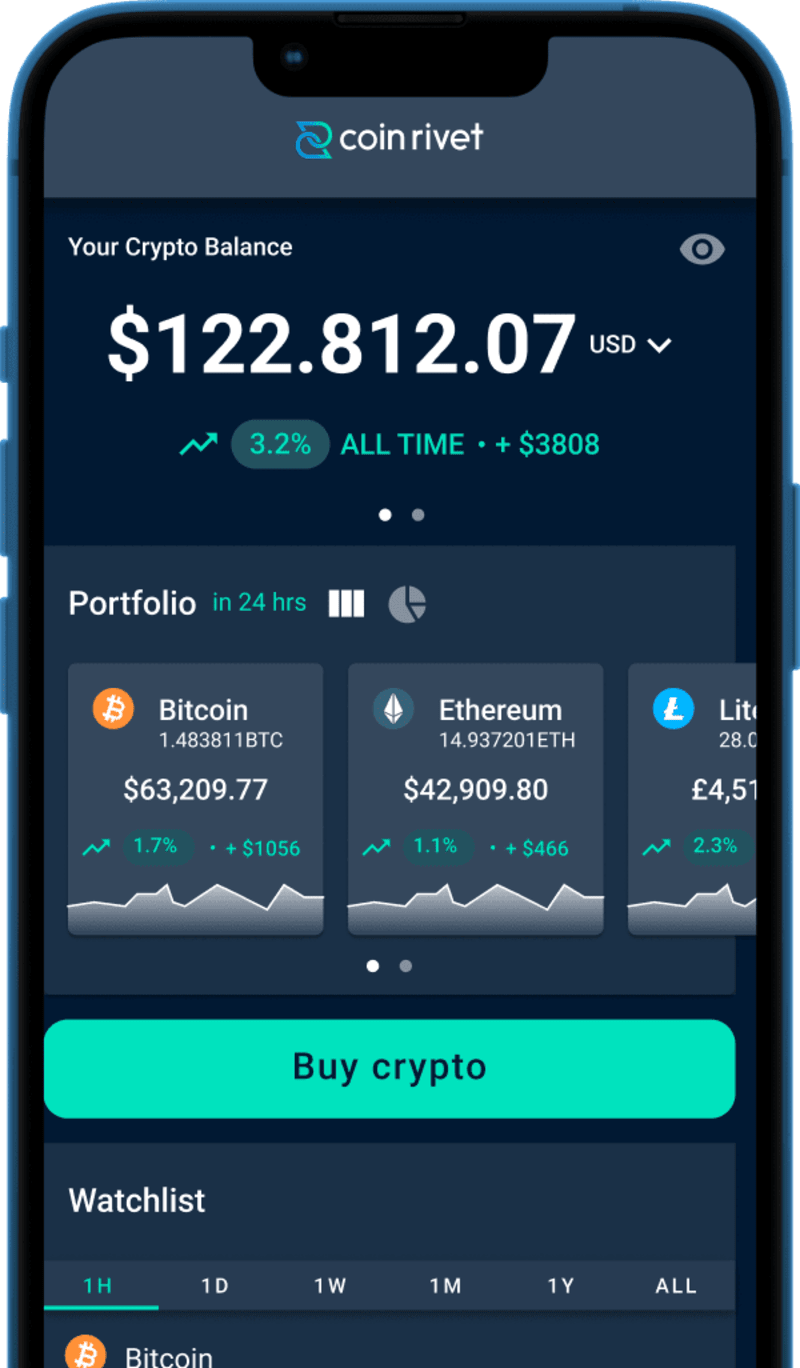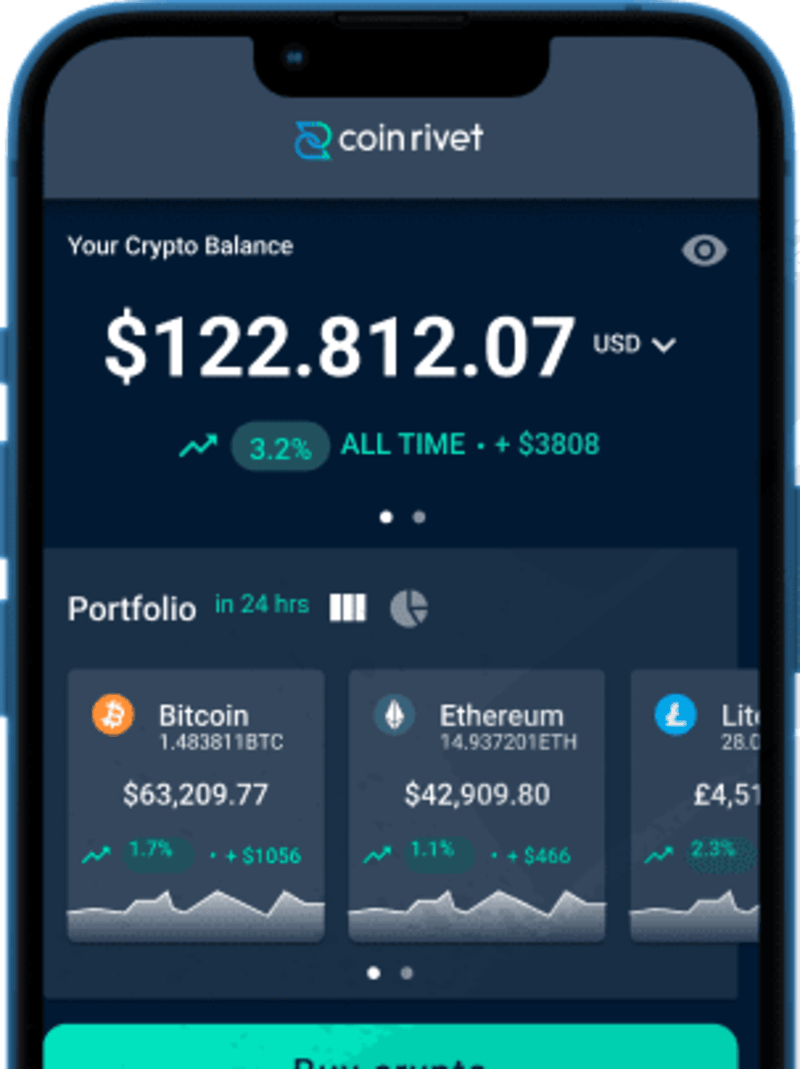NFTs are the foundation of Web3 communities. They are the entry tickets to blockchain games, DAOs, and metaverses, becoming digital avatars for participants and the vehicles through which they build their experiences.
The incubation and launch of an NFT collection can make or break a company’s wider Web3 ambitions. A strong collection can easily become the cornerstone of an expansive metaverse with other collections, tokens and assets worth billions.
But how do highly experienced Web3 teams initiate NFT collections successfully?
With a multi-stage rollout spanning several campaigns from January to last March, the world’s largest blockchain company by valuation, Animoca Brands, launched its own internal metaverse for shareholders, employees, investors, partners, and supporters by minting 8,888 NFTs.
Aiming to bring together the most important projects and people in Web3, the Mocaverse could consolidate Animoca Brands’ position in the industry as the hub for innovation and leadership. But the key is in the execution.
To ensure the effective timing and strategy for the whitelist airdrop and rollout of the Mocaverse NFTs, Animoca used real-time on-chain data to plan their January airdrop and monitor their March mint event. Industry-watchers and brands considering launching their own metaverse projects can learn several lessons from the initiative.
How Animoca Stoked Pre-Mint Interest with an Airdrop
The Mocaverse was articulated as a metaverse for friends and family of Animoca Brands. That originally included:
- Institutional and retail investors
- Employees of Animoca Brands and its subsidiaries
- Management teams of companies in Animoca Brands’ Web3 investment portfolio
- Partners of Animoca Brands
Whether intentional or not, this fuelled insane interest from the broader community based on perceived scarcity and exclusivity.
However, on Dec. 30, Animoca announced a 5th category of eligible people—Mocalist members. This was a category for community members and supporters, as defined by a weighted calculation of token holdings, NFT holdings, and community activity.
In other words, an NFT airdrop for those whose wallets have Animoca and Animoca-adjacent tokens and NFTs, and for those who participate in those communities.
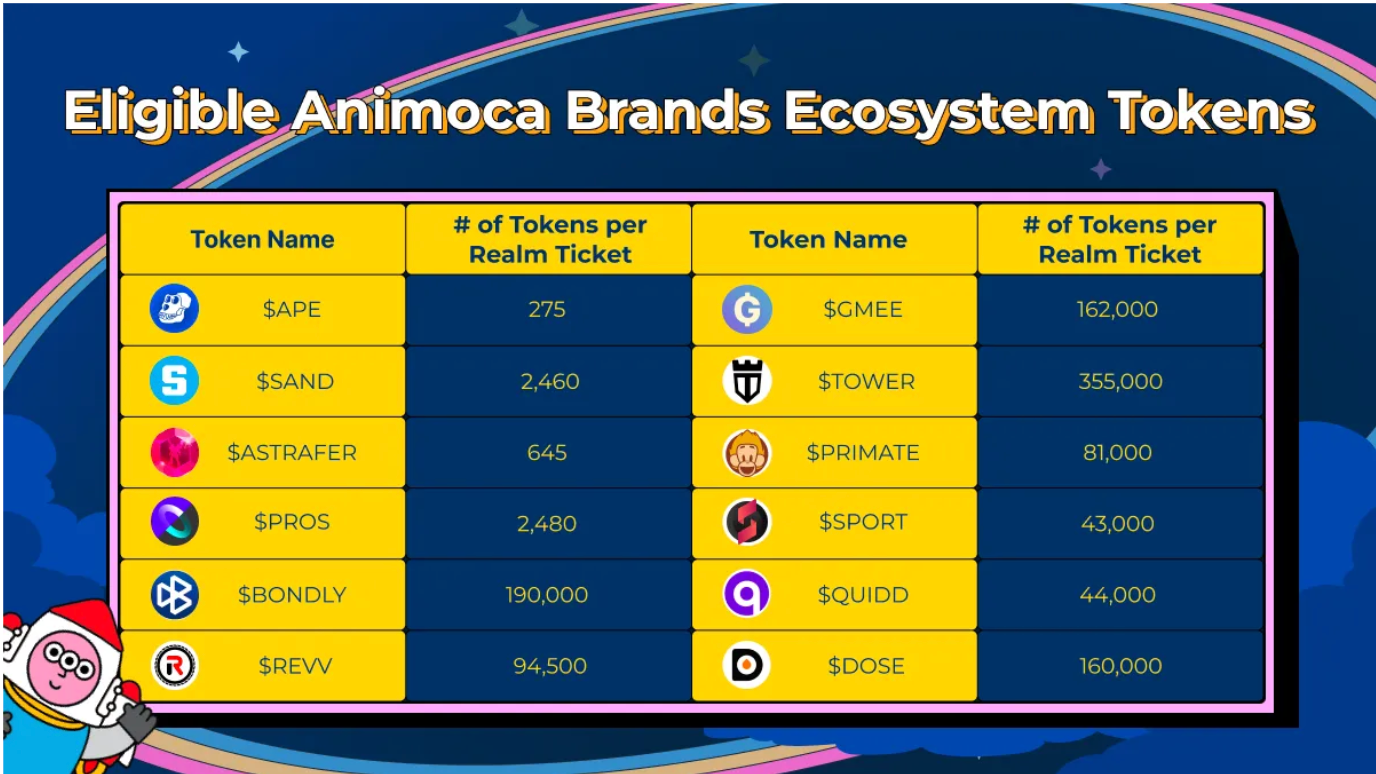
Each ticket gave the owner entry to Mocalist registration with the possibility of winning eligibility to mint.
Airdrops are a key stage of initiating an NFT project. Here’s why:
- Targeted distribution: By creating a whitelist, the NFT collection launch team can ensure that the airdrop is distributed to a specific group of people likely to be interested in the collection. This can build a strong community around the collection and increase its visibility.
- Fairness: A whitelist can be used to ensure that the airdrop is distributed fairly to those who have contributed to the success of the collection launch. For example, a whitelist may include addresses of users who have participated in the project’s social media campaigns, contributed to the project’s development, or held a certain number of tokens.
- Security: Limiting the airdrop’s distribution to a specific group of addresses reduces the risk of fraud or abuse. This can help to prevent malicious actors from gaming the system and unfairly receiving tokens or NFTs.
Using on-chain data, we know that out of the 21,168 addresses that received a Realm Ticket NFT, 54% received just one, while 30.5% got 2-5.

Airdrop Distribution: Address Number
The wide distribution gave many players and supporters (not just those with millions in ETH) of a wide range of games and projects an opportunity to participate in the core consolidated Animoca Brands community.
Inquisitive minds can also investigate the wallet addresses with the largest airdrops of Realm Tickets.
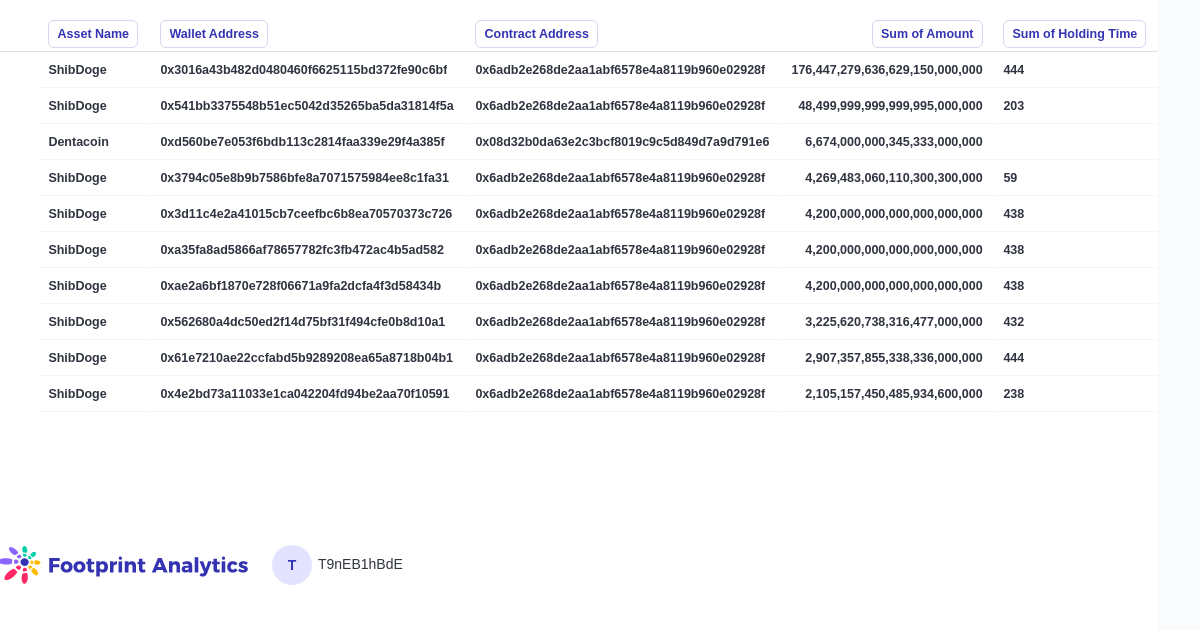
A Case Study in Optimizing an NFT Project at Launch & Beyond
Social data
Whereas on-chain data such as price, supply, buyer vs. sellers is direct and quantitative, social data can often require more interpretation. However, a large, active community can, in many cases, launch and sustain a project in the absence of strong tech. Ultimately, the community drives hype, which generates liquidity for the project.
By looking at social metrics such as Twitter likes, replies and retweets either on their own over time or in conjunction with price data, projects such as Mocaverse can assess the effectiveness and cost efficiency of marketing efforts.
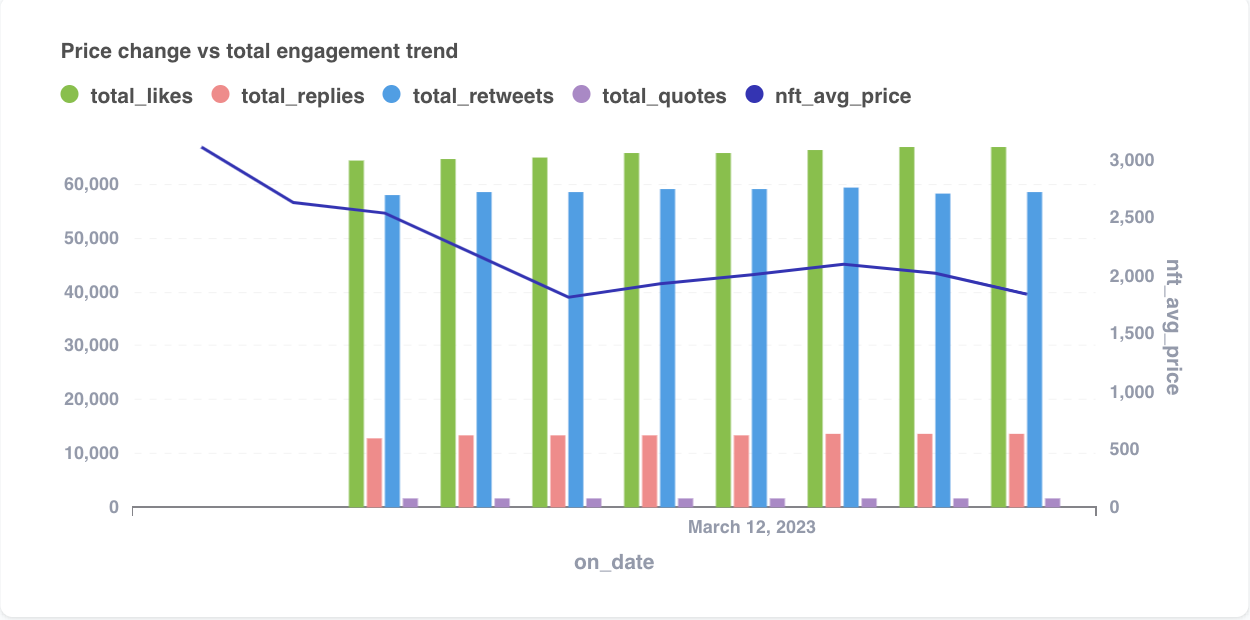
Price change vs total engagement trend
Anomica Brands was especially focused on Twitter as a key channel for communications about Mocaverse. Therefore, they also monitored new followers and unfollowers day-to-day.
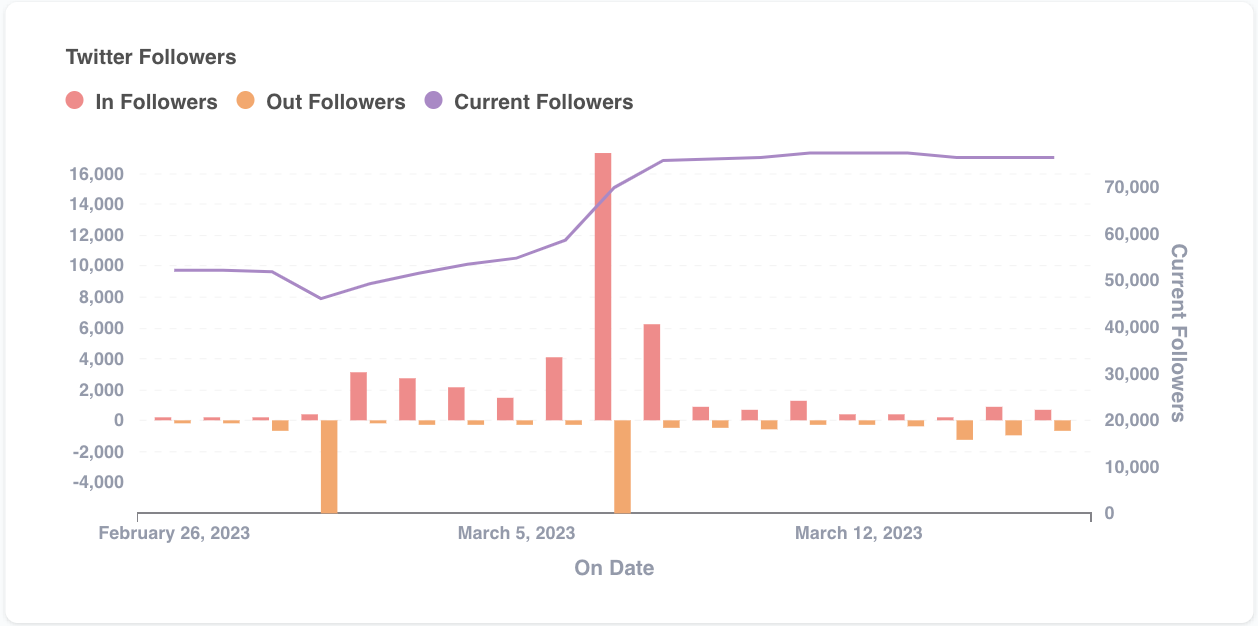
Holder data
The mountain of dead NFT projects whose floor price flatlined attests to the importance of monitoring and maintaining a collection’s community, hype and price at launch and after.
The reality is, even the top collections, like all traded assets, don’t just go up but need time to breathe after intense hype. The key is to start investing heavily into community activities once you see the mass sell-off by minters incoming. A much higher amount of free mints than paid mints can precipitate this phase of a project earlier and make it happen faster. Hence, the importance of monitoring paid vs free minters.
For Mocaverse, the majority of mints were paid.

But paid vs. free minters is only one type of metric to understand your NFT holders—after all, not all holders received their NFT through the initial mint. Over time, this figure should get smaller and smaller.
By looking and minters versus holders, a project can get an unprecedented look at what holders are doing with their NFTs.

Large-holding minters consistently dumping all of their NFTs within the first week could indicate a lack of faith or perceived value in your NFT community by the most seasoned Web3 insiders. By looking closer at such an address, you can also see whether they are instead choosing to hold other NFTs or assets.
When creating a whitelist for the next project or airdrop, granting eligibility to this category of address profile would likely induce early selling pressure. This is an example of developing segmentation and holder profiles.

Trading data
One of the most significant recent Web3 trends is the increasing liquidity of NFTs as tradable assets, with markets such as Blur and SudoSwap popping up to make high-volume trading cheaper and faster.
Metaverse, GameFi and NFT projects need to monitor trading data because it can help identify areas where their project is thriving and where it may be struggling. For example, they may discover that certain types of NFTs or features of the metaverse are more popular than others. This information can then be used to make data-driven decisions about how to allocate resources and prioritize future development.
Another important reason for monitoring on-chain trading data, especially for a project like Mocaverse where the main goal is not NFT price appreciation or high-volume trading, is to catch and prevent fraud. Project owners can detect suspicious activity such as wash trading or market manipulation by analyzing trading patterns. They can also see on which markets their collection is being traded. Suppose the collection is primarily traded on platforms with incentives for wash trading, with a curious lack of activity elsewhere. In that case, the team can be confident that much of the activity is not organic.
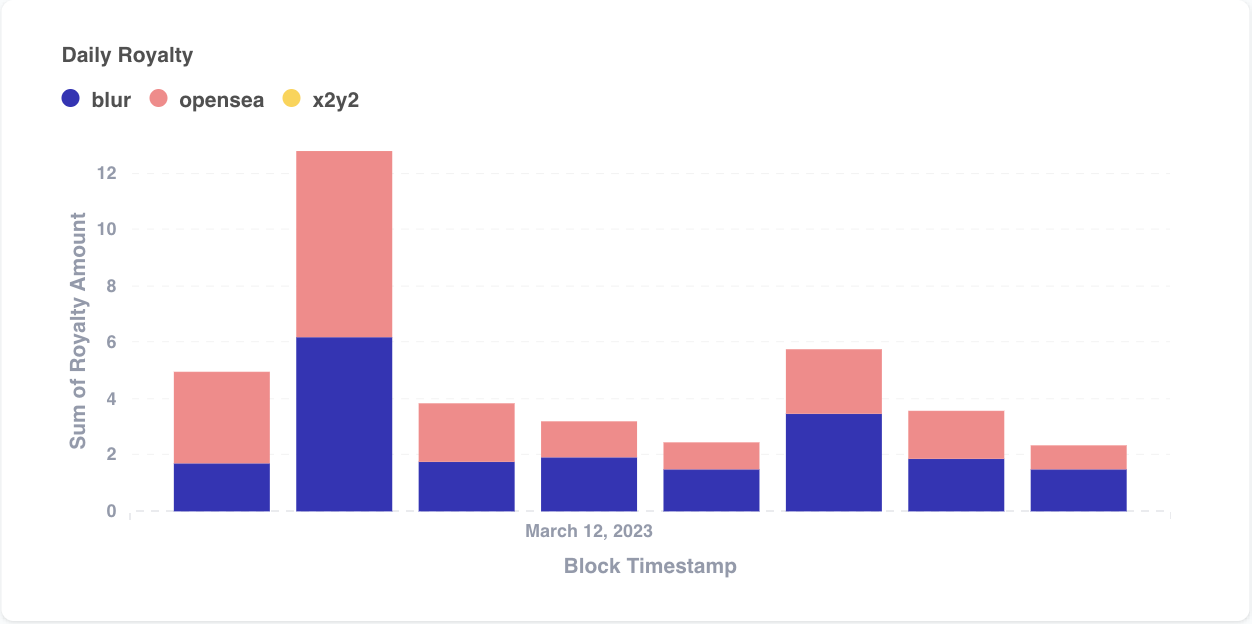
As part of their trading analysis, Animoca also tracks trading winners and losers. In trading, your profit is another person’s loss. However, in an ideal world, the projects winners and losers stay in relative balance. If the numbers become heavily skewed one way or the other, it means there could be a hack, vulnerability or other serious issue.
Using Footprint Growth Analytics to Manage Your NFT Project
Every project is different, and Footprint Growth Analytics (FGA) can turn any on-chain data into insights with its flexible data architecture. However, based on the gaps for most marketing programs in Web3 currently, the most critical and high-value areas where the tool helps is user segmentation and lifecycle management. Projects can
- Find the target user segment before an airdrop
- Select users who are eligible to participate in a campaign
- Check the campaign participation status of eligible users
Beyond the user, FGA also lets projects open free minting or airdrop to those who have won the whitelist, and detect bots fishing for airdrops. Throughout the mint/airdrop campaign, FGA supports real-time tracking of key data like mints and transfers.
With continued NFT project monitoring, including social data and price activity, projects can understand their community and product lifecycle.
This piece is contributed by Footprint Analytics community.
The Footprint Community is a place where data and crypto enthusiasts worldwide help each other understand and gain insights about Web3, the metaverse, DeFi, GameFi, or any other area of the fledgling world of blockchain. Here you’ll find active, diverse voices supporting each other and driving the community forward.
Footprint Website: https://www.footprint.network
Discord: https://discord.gg/3HYaR6USM7
Twitter: https://twitter.com/Footprint_Data
Disclaimer: The views and opinions expressed by the author should not be considered as financial advice. We do not give advice on financial products.
- SEO Powered Content & PR Distribution. Get Amplified Today.
- Platoblockchain. Web3 Metaverse Intelligence. Knowledge Amplified. Access Here.
- Source: https://coinrivet.com/case-study-how-animoca-used-data-to-launch-the-mocaverse/

